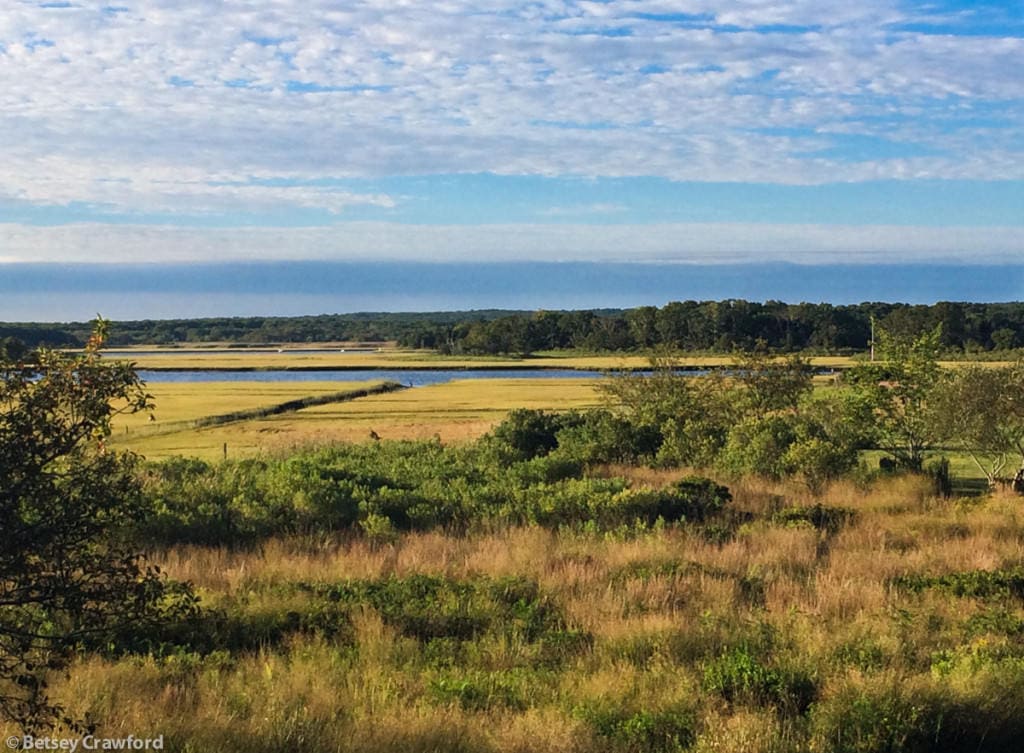
I lived for many years with a great deal of wild beauty outside my windows. I was looking at acre upon acre of wetlands, salt marsh, patches of meadow, shrubs, and trees. Beyond that was the estuary the land bordered.
Except for flowering serviceberries in the spring, and vivid autumn color from native blueberry, there was nothing pretty about this. It was full of wildness. Deer moved through the forest of plants and bedded down in their midst. Red-tailed hawks and the ospreys nesting along the shoreline glided above it, occasionally chased by a flock of nesting swallows.
Redwing blackbirds announced spring from the tops of reeds. Rabbit and fox burrowed into roots, alternating years of prosperity. For several springs, glossy ibises stopped on their way north to rest and pick through the wetlands with their long, curving beaks. And always the overarching sky, the clouds, the moon, the sunrise pouring itself over the entire expanse.
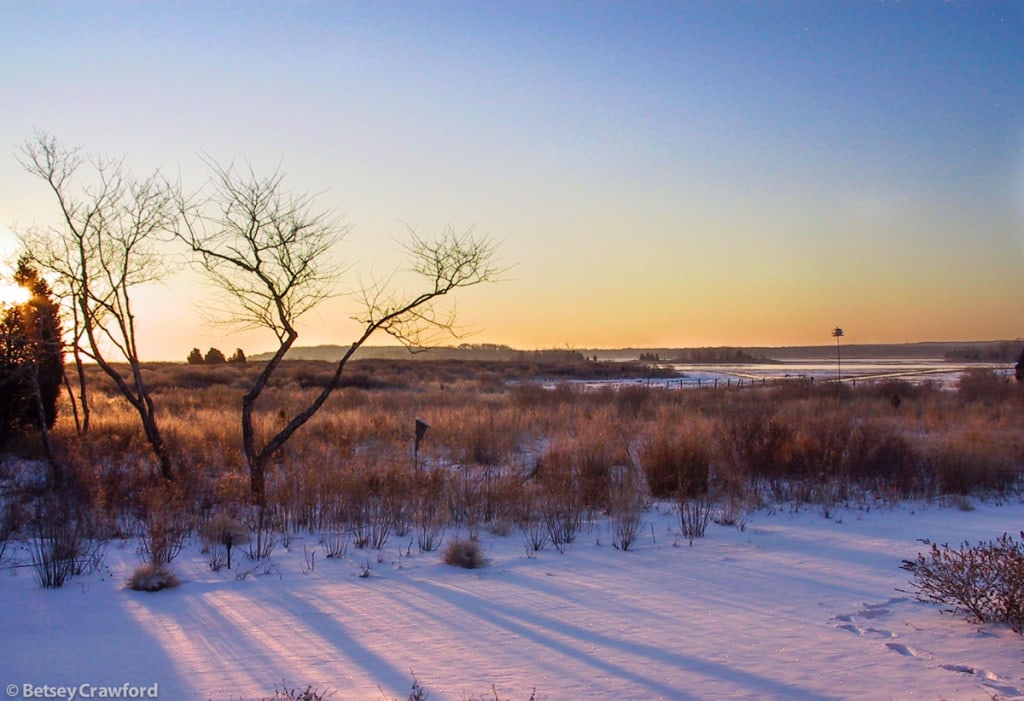
It was gorgeous in all seasons. Spangled with snow or dew, splattered with fall color or spring bloom, in the rich green of summer. But much of it comprised things that were not in themselves beautiful: gawky native cherries, subtle bayberry, sober, dark green cedars.
Plants that belonged there. That grew for millennia on the sandy spit of land left when the last glaciers retreated 11,000 years ago. Plants that knew how to grow in that nutrient-poor soil. That could cope with the buffeting winds and the flooding tides of the Atlantic Ocean that surged beyond the harbor.
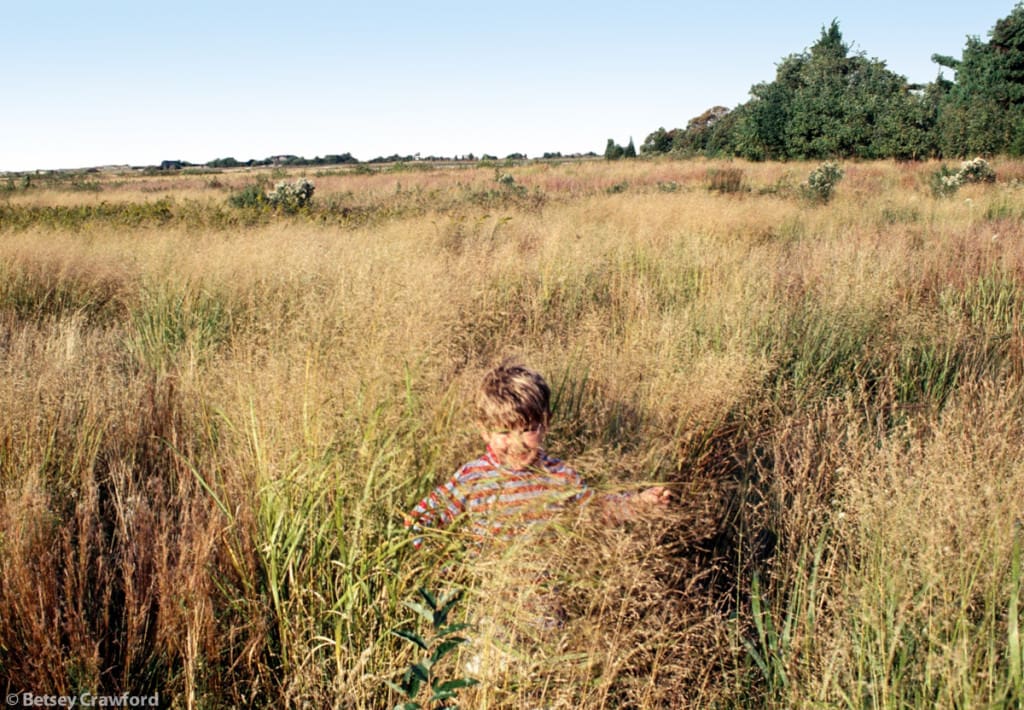
When I first moved there, a neighbor was pasturing horses on the land. Before that, her grandparents and great-grandparents had harvested salt hay there. Because she mowed it once or twice a year, it stayed a meadow, a vast sea of switchgrass and bluestem. Subtly changing from green in spring and early summer to gold in late summer and autumn, silver and copper in winter. Their light, feathery tops moved in constant waves in the slightest wind.
As years passed and she boarded fewer horses, she stopped mowing those acres. The shrubs and trees that had been dormant for generations, perhaps centuries, pushed their way up. Though I kept a section of it going on my property, I was sorry to lose the vast meadow beyond. And amazed at how quickly the plants waiting for their turn shot up. But the mix of grass and shrub and trees had a richness of texture and an abundance of life that I loved.
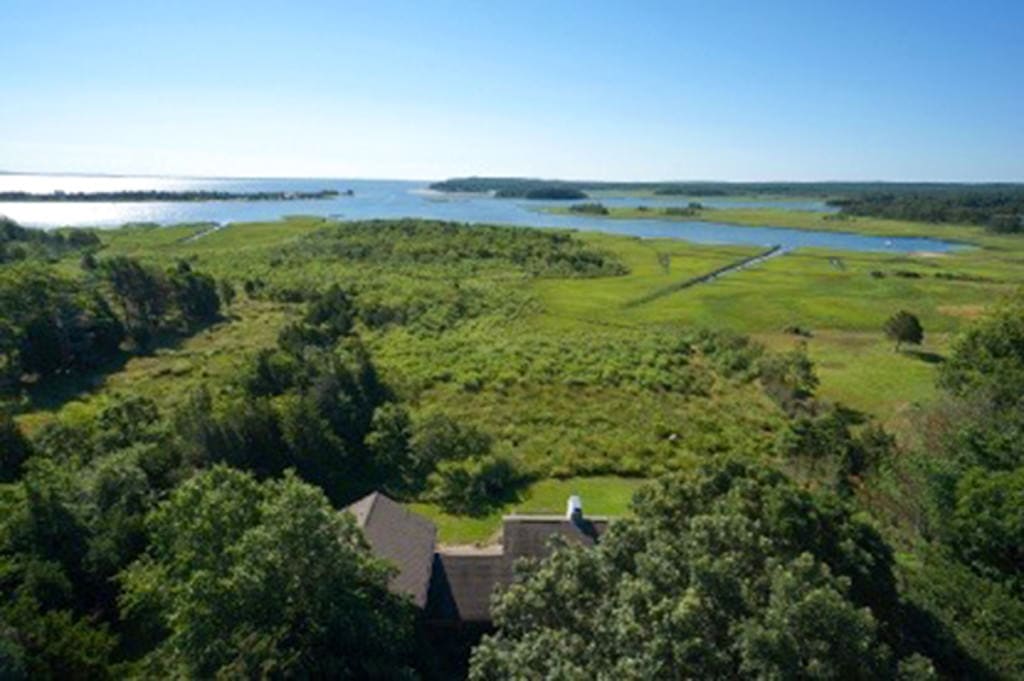
Living on that ancient and vital landscape for twenty-five years had a profound effect on me. It was my call of the wild. Beauty isn’t “just about nice loveliness,” said the Irish philosopher John O’Donohue. He grew up in the untamed Burren region of Ireland. It’s wildness taught him the difference between believing that “you are walking into a dead geographical location, which is used to get to a destination. Or emerging into a landscape that is just as much — if not more — alive as you, but in a totally different form.”
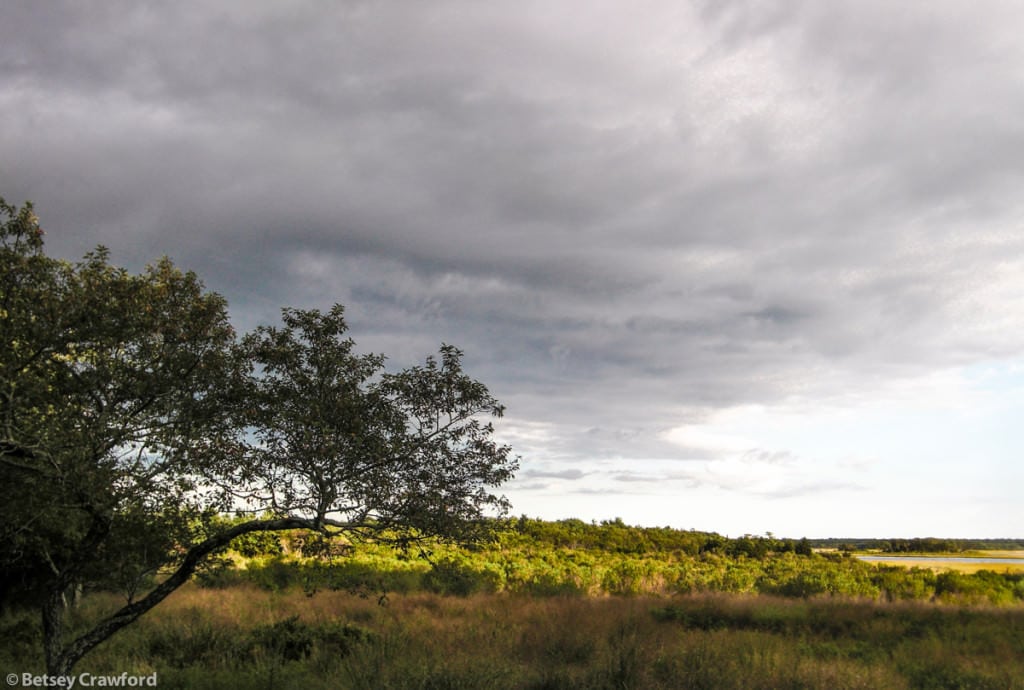
It was that wild aliveness that called to me, day after day. Every time I looked out the window, every time I walked out of the house. Whenever I stood on the edge of the meadow. There, my feet rested on the pebbly, sandy soil that the tail end of the Wisconsin glaciation had pushed from farther north. Sculpting the 100 million-year-old Cretaceous layers as the massive ice flowed over them.
There was a large glacial erratic twenty feet into the meadow. A boulder captured from who knows where, then dropped and embedded in the soil as the ice melted northward.
Six feet below the ground under me ran fast-moving streams, feeding the harbor and the sea beyond. I’d seen one when we hoped to install a dry well to cope with water in the basement. At the bottom of the hole, a small, shallow river flowed east. My watery connection to the estuary I could see, and then to the vast waters beyond my vision.
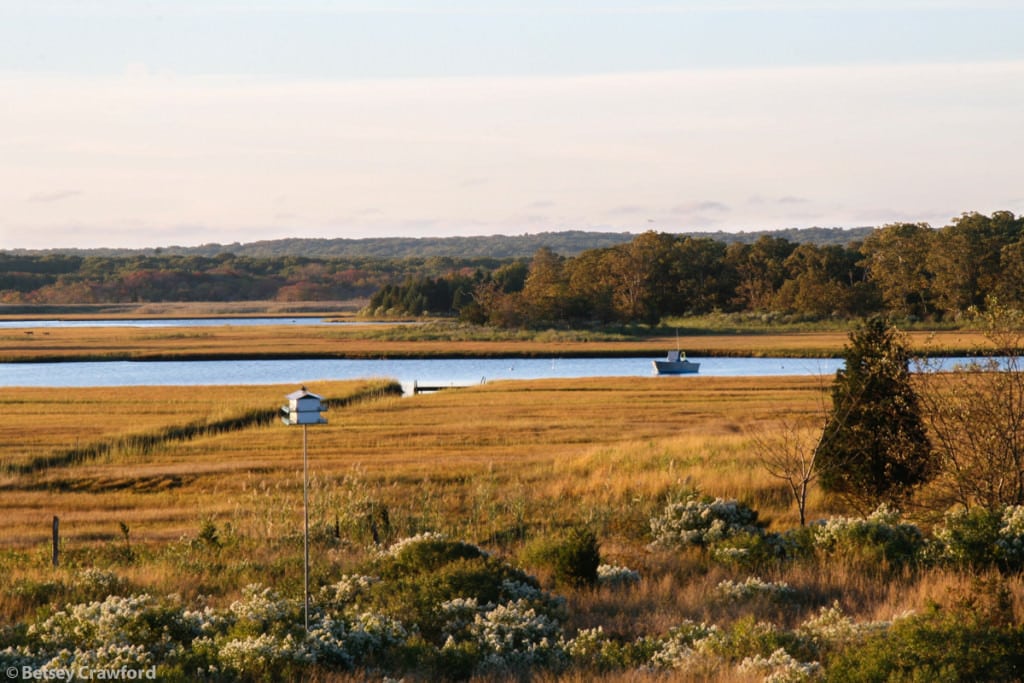
The ecstatic pulsing life of that land — growing, flowing, flowering, changing from season to season and year to year — filled my soul. Ancient bedrock and old soils grounded me. Deep and steady, the green breathing of plants sustained me.
Wild turkey chicks would scoot along behind their parents on summer mornings, learning to strip seeds from the tops of the grasses. Silent red foxes would emerge from the wintry brush. Then disappear back into the density in another, their tawny tails disappearing last into the snow. Reminding me that fierce and tameless mysteries lived everywhere around me.
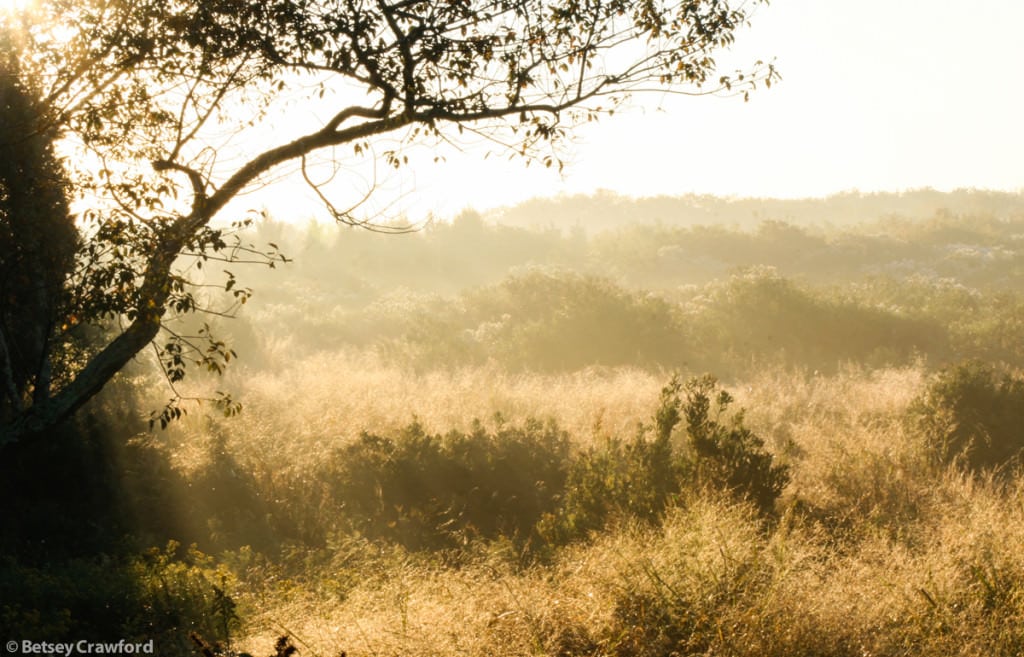
According to O’Donohue, the Greek word for beauty, kalon, is intertwined with the word for call, kalein. Beauty both rises from a call in us, and calls to us, perhaps even more so when the beauty is wild.
We are connecting to something deep, primordial. A place on the planet that speaks to us of its vast depth, its power, its radiance. An allurement that beckons us far beyond ourselves and our often strange concerns and rickety constructs. Beauty is a transfer of life, the cellist Yo-Yo Ma once said, and living on that land was continual heart-to-heart resuscitation.
When it was time to leave, it wasn’t just because the energy to keep the house, the gardens, the business had waned. It was also because, as the call of that land grew, its very wildness transferred itself into me. It was now in my bones, moving my muscles, beating my heart, seeing through my eyes. Propelling me onward, toward more wildness and more beauty.
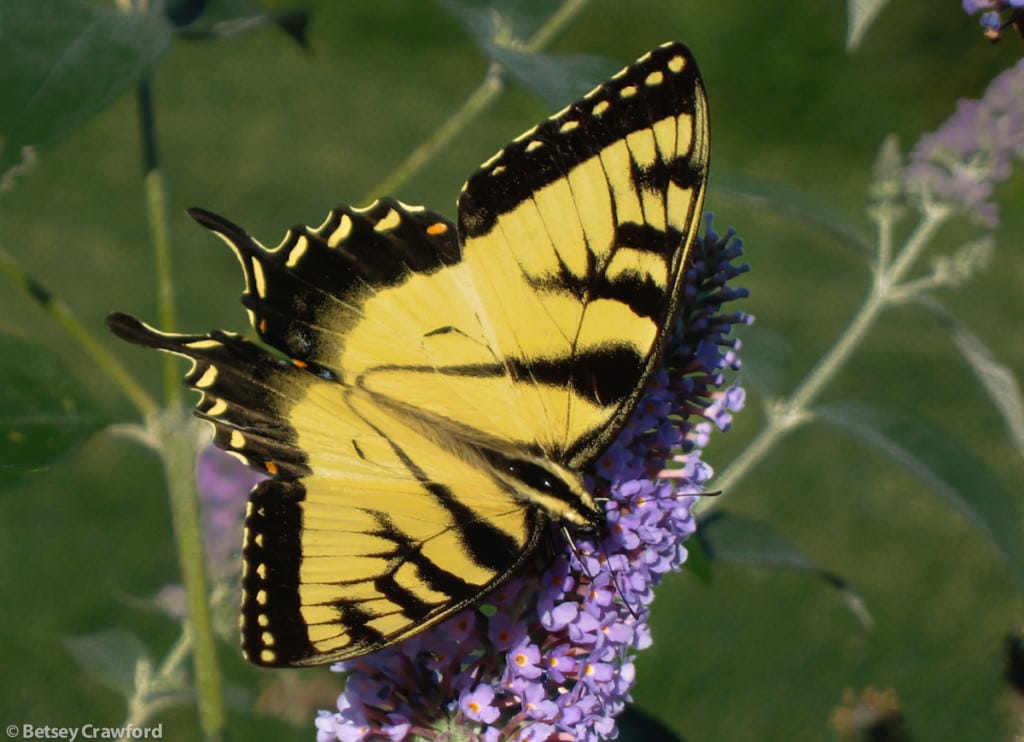
~ RELATED POSTS ~

For five young years, I lived in paradise, roaming woods, ponds, meadows. That green sprite is still with me. Children today are not so blessed. Their loss is tragic for all of us and for the planet.
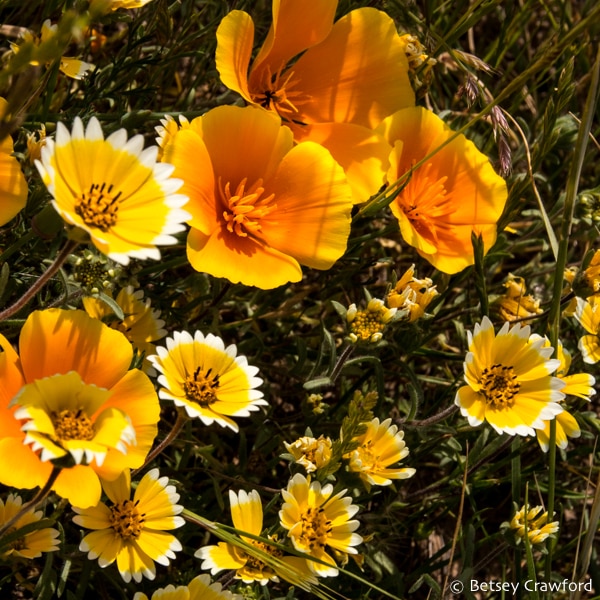
WILD ABANDON: THE GLORY OF PLANT DIVERSITY
Standing on the rocky ledge that is Ring Mountain, with San Francisco in view, I’m surrounded by a staggering variety of life. This sheer exuberance is a wonderful mystery. Why so many forms, so many colors, so many variations?
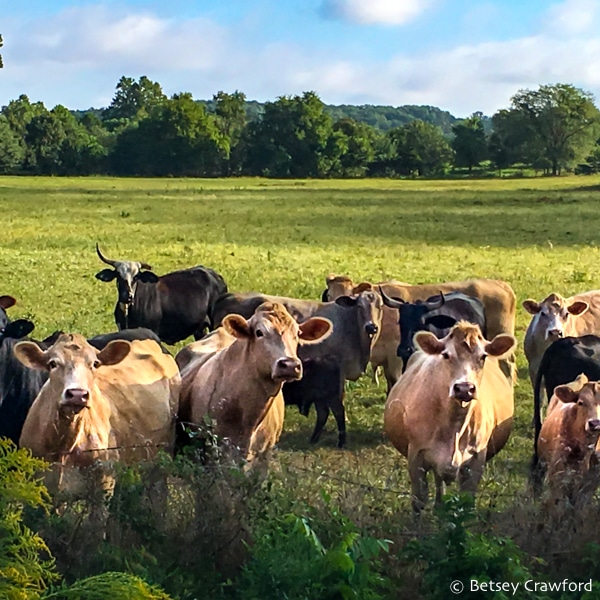
In Missouri, I found a country road full of wildflowers and other beauties. Walking grounds me on our green and breathing planet, weaving me deeply into the plants I love. And, in this case, into some curious cows and an adventurous baby bird.
It was so lovely to meet you on the King Mountain Trail yesterday. Your words and photos are captivating. Looking forward to exploring more of this beautiful place you’ve created. I hope to hike with you soon!
Thank you, Kathleen. It was lovely to meet you, too. And yes, let’s hike when you’re unpacked.
Thank you for bringing all the years of beauty into this moment so…….beautifully! You have such a gift for taking the feast for the eyes that nature is and making it a feast for the heart via your words. xoxoxoxo
Wow! Thanks for these beautiful words, Annie.
You describe your previous home/haunt in more detail and beauty than I was able to see for myself in my many visits. I remember most clearly the winter fogs which your picture captures so well. And I remember the bleakness and stark beauty of Montauk Point, as I sped by, and the park which surrounds the lighthouse.
I was wondering when the soft beauty of the Montauk area would be your subject.
Thank you
Thank you, Bruce. I had no idea, when I started this post about beauty, where I would end up. I suspect memories of Montauk will take over a future post the same way.
Beautiful evocation of that wild beauty that all of us who visited you loved so much as well! In my current trek through two decades-worth of photos, I just came across some that I’d taken of that meadow. So glad I caught it while I could! And that you’re now sharing your wonderful photos and memories of it with the world at large.
Thanks so much, Sue. It was such a deep pleasure to share it with you all. I’m so glad you have those pix. I have surprisingly few, considering how long I was there. On the other hand, there I was, so I didn’t need pictures.